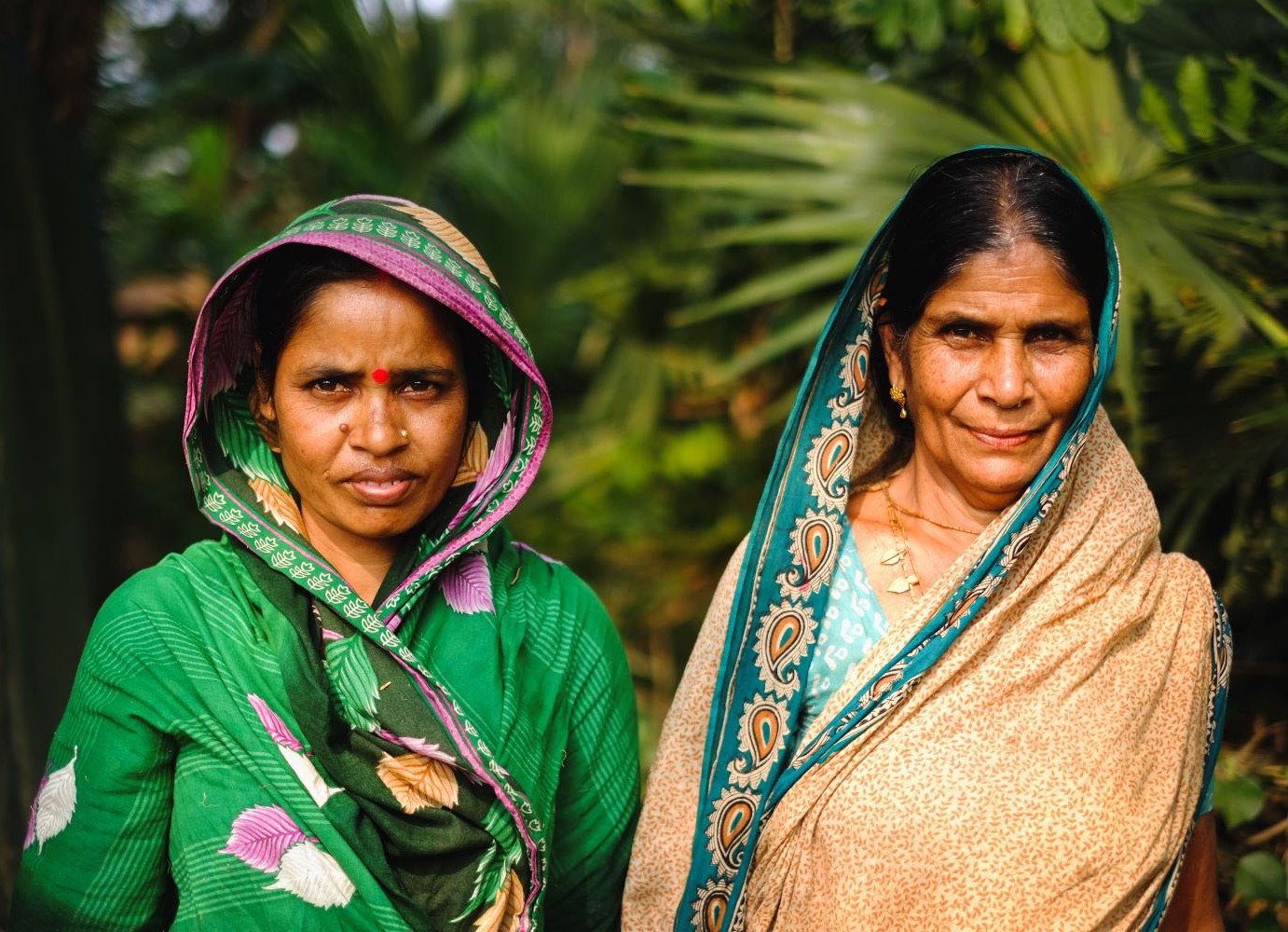This is the first in a series of CGD blogs suggesting potential improvements to the SDG targets.
Could some of the Sustainable Development Goal targets be more ambitious and still actionable? We believe so. Even though the window for negotiating changes to the 17 goals and the 169 targets may be getting smaller, CGD experts have their own analysis of and suggestions for the text of some targets, including specific revisions and additions that we think will strengthen them. This blog post summarizes our proposed changes to the language of the SDG targets. In the coming days we will post more blogs from my colleagues that scrutinize individual goals more closely.
We’ve already stuck a toe in the water with Anna Diofasi and Nancy Birdsall’s earlier blog on adding a median-income target and Michael Clemens’ suggestion for tightening language around migration. Over the next few days CGD staff will discuss targets from income poverty through energy, climate, and governance.
The series is in no way meant to be exhaustive—it reflects the expertise and the interests of the contributors. And it should not be taken as an implicit endorsement of the targets or goals that go discussed or undiscussed, or the SDG process as a whole, by any of the authors. It certainly doesn’t reflect any kind of consensus or institutional position!
Please check back in the coming days as we present more forensic analysis on some of the Sustainable Development Goals in the hope that policymakers will see how they can add further ambition and precision. We propose small tweaks with big impact!
Goal 1: End poverty in all its forms everywhere
Target 1: By 2030, eradicate extreme poverty for all people everywhere, currently measured as people living on less than $1.2575 a day in 2011 International Dollars.
Target 2: By 2030, reduce at least by half the proportion of men, women and children of all ages living in povertyin all its dimensions according to current (2015) national definitions.
Goal 3: Ensure healthy lives and promote well-being for all at all ages
Target 2: By 2030, end preventable deaths of newborns and children under 5 years of age, reducing child deaths to below 30 per thousand in every country.
Goal 5: Achieve gender equality and empower all women and girls
Target 3: Eliminate all harmful practices, such as child, early and forced marriage and female genital mutilation . By 2030, reduce the global proportion of women aged 20 to 24 who were married before 18 to [below one in six] and global prevalence of female genital mutilation by [one half].
Target 4: Recognize and value unpaid care and domestic work through the provision of public services, infrastructure and social protection policies and the promotion of shared responsibility within the household and the family as nationally appropriate. Revise systems of national accounts to incorporate measures of unpaid care and domestic work by [2020].
Target 5: Ensure women’s full and effective participation and equal opportunities for leadership at all levels of decision-making in political, economic and public life . Further reduce the global gap between male and female labor participation rates, male and female parliamentary representation and gender gaps in voting.
Target 6: Ensure universal access to sexual and reproductive health and reproductive rights as agreed in accordance with the Programme of Action of the International Conference on Population and Development and the Beijing Platform for Action and the outcome documents of their review conferences . Reduce the global percentage of fertile, married women of reproductive age who do not want to become pregnant and are not using contraception by [one third] by 2030.
Goal 7: Ensure access to affordable, reliable and modern energy for all
Target 1: By 2030, ensure universal access to affordable, reliable and modern energy services basic energy, including affordable and reliable task lighting and power for a small appliance, as defined by average annual per capita energy consumption of at least 100 kWh. In addition, by 2030, make substantial progress toward universal access to modern energy, including affordable and reliable energy for lighting, communications, and powered-appliances, as defined by average annual per capita energy consumption of at least 1,500 kWh.
Goal 8: Promote sustained, inclusive and sustainable economic growth, full and productive employment and decent work for all
Target 1: Sustain per capita economic growth in accordance with national circumstances and, in particular, at least 74.5% percent gross domestic product per capita growth per annum in the least developed countries.
Goal 9: Build resilient infrastructure, promote inclusive and sustainable industrialization and foster innovation
Target 1: Develop quality, reliable, sustainable and resilient infrastructure, including regional and transborder infrastructure, to support economic development and human well-being, with a focus on affordable and equitable access for all , including significant progress in reducing the number of the world’s people who live more than two kilometers from an all-weather road.
Target 5: Enhance scientific research, upgrade technological capabilities of industrial sectors in all countries, in particular developing countries, including, by 2030, encouraging innovation and increasing the number of research and development workers per 1 million people by [ x20] per cent and public and private nondefense research and development spending as a percentage of global GDP by one fifth.
Goal 12: Ensure sustainable consumption and production patterns
Target 6: Encourage companies, especially large and transnational companies, to adopt sustainable practices and to integrate sustainability information into their reporting cycle , and to implement existing commitments to remove deforestation from commodity supply chains by 2020.
Take urgent action to combat climate change and its impacts
Target 4 [Not a current target] Reduce emissions of greenhouse gases so as to hold the increase in global temperature below 2 degrees Celsius.
Goal 16: Promote peaceful and inclusive societies for sustainable development, provide access to justice for all and build effective, accountable and inclusive institutions at all levels
Target 1: Significantly By 2030, reduce all forms of violence andreduce the number of homicide and conflict-relateddeath rates deaths by [30%] everywhere.
Target 4: By 2030, significantly reduce illicit financial and arms flows, and strengthen the recovery and return of stolen assets and combat all forms of organized crime.
Target 5: Substantially reduce corruption and bribery in all their forms the proportion of citizens who report paying bribes to government officials.
Target 8: Broaden and strengthenthe participation of developing countries in the institutions of global global institutional governance systems to better reflect shares of global GDP and population.
Target 9: By 2030, provide legal identity for all, including through birth registration.
Target 10: Ensure public access to information , including publication of full-text government contracts, and protect fundamental freedoms, in accordance with national legislation and international agreements.
Disclaimer
CGD blog posts reflect the views of the authors, drawing on prior research and experience in their areas of expertise. CGD is a nonpartisan, independent organization and does not take institutional positions.





